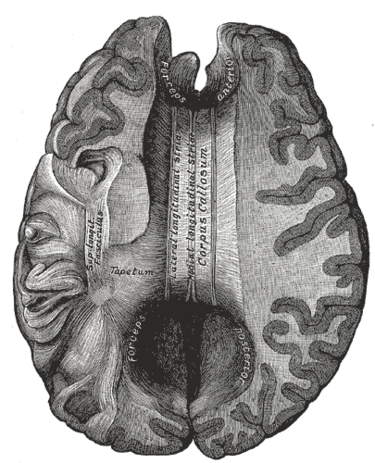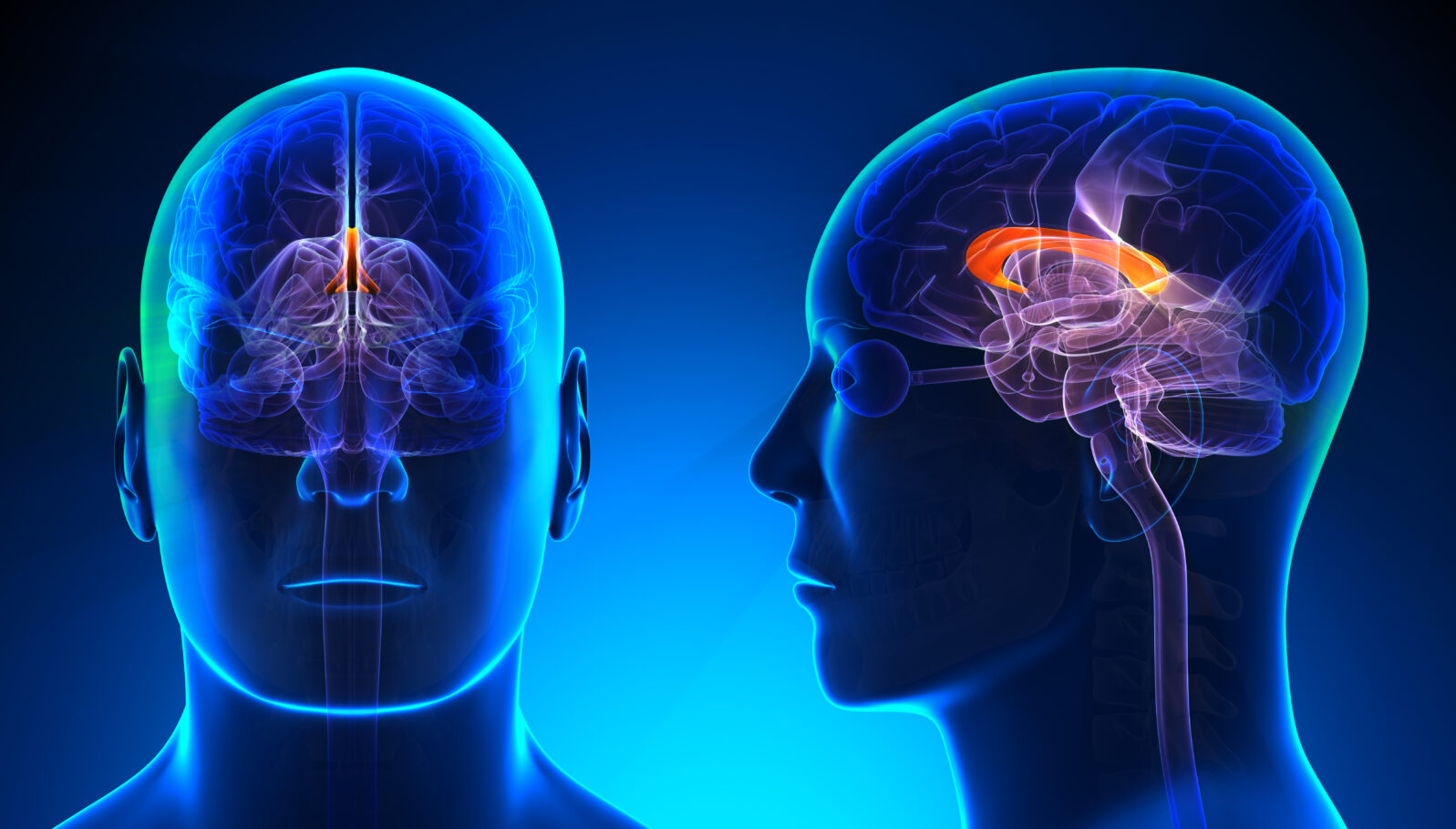How Can People Lead Normal Lives Without a Connected Brain?
Roughly 25% of people who lack the brain’s transfer station between the hemispheres live normal lives
Roughly one in 4,000 people lacks a corpus callosum, the structure of neural fibers that transfers information between the brain’s two hemispheres.
Surprisingly, the 25% who have nothing but cerebrospinal fluid do not show signs of abnormality. About half have some brain-related problems and the remaining 25% have serious problems. Researchers wanted to know, how does anyone manage to live normally without a corpus callosum to connect the two hemispheres of the brain?
It turns out that the human brain goes into high gear, organizing a fix:
In a study published in the journal Cerebral Cortex, neuroscientists from the University of Geneva (UNIGE) discovered that when the neuronal fibres that act as a bridge between the hemispheres are missing, the brain reorganises itself and creates an impressive number of connections inside each hemisphere. These create more intra-hemispheric connections than in a healthy brain, indicating that plasticity mechanisms are involved. It is thought that these mechanisms enable the brain to compensate for the losses by recreating connections to other brain regions using alternative neural pathways.
Université de Genève, “A malformation illustrates the incredible plasticity of the brain” at ScienceDaily
The corpus callosum gets started midway in the development of a child before birth, as the brain unfolds. In its absence, systems within each hemisphere enlarge and start communicating directly:
In children with corpus callosum agenesis, the neural fibres inside each hemisphere are greater in number and of higher quality than in healthy brains. Furthermore, the UNIGE scientists succeeded in determining the correlations between the activity of different brain regions and their functional links. “If two regions are active together, it means they are communicating with each other,” explains Dr Siffredi. The data shows that intra and inter-hemispheric functional connectivity of brains without the corpus callosum are comparable to those of healthy brains. “Remarkably, communication between the two hemispheres is maintained. We think that plasticity mechanisms, such as the strengthening of structural bonds within each hemisphere, compensated for the lack of neuronal fibres between hemispheres. New connections are created and the signals can be re-routed so that communication is preserved between the two hemispheres.”
Université de Genève, “A malformation illustrates the incredible plasticity of the brain” at ScienceDaily
Only in recent decades have researchers discovered, through modern imaging techniques, how adaptable our brains are. Recall that epilepsy surgery has demonstrated that people can live normal lives with their brains cut in half or with large parts missing.
Our brains are not computers but the connectivity of the human brain has rightly been compared to that of the entire internet. And one of the intended features of the internet is that, if parts are down, messages can be routed around the outage. That seems to be happening here.
The paper requires a subscription: Vanessa Siffredi, Maria G Preti, Valeria Kebets, Silvia Obertino, Richard J Leventer, Alissandra McIlroy, Amanda G Wood, Vicki Anderson, Megan M Spencer-Smith, Dimitri Van De Ville, Structural Neuroplastic Responses Preserve Functional Connectivity and Neurobehavioural Outcomes in Children Born Without Corpus Callosum, Cerebral Cortex, , bhaa289, https://doi.org/10.1093/cercor/bhaa289
You may also enjoy:
Yes, split brains are weird, but not the way you think. Scientists who dismiss consciousness and free will ignore the fact that the higher faculties of the mind cannot be split even by splitting the brain in half.
Some people think and speak with only half a brain. A new study sheds light on how they do it.
and
Your mind vs. your brain: Ten things to know
